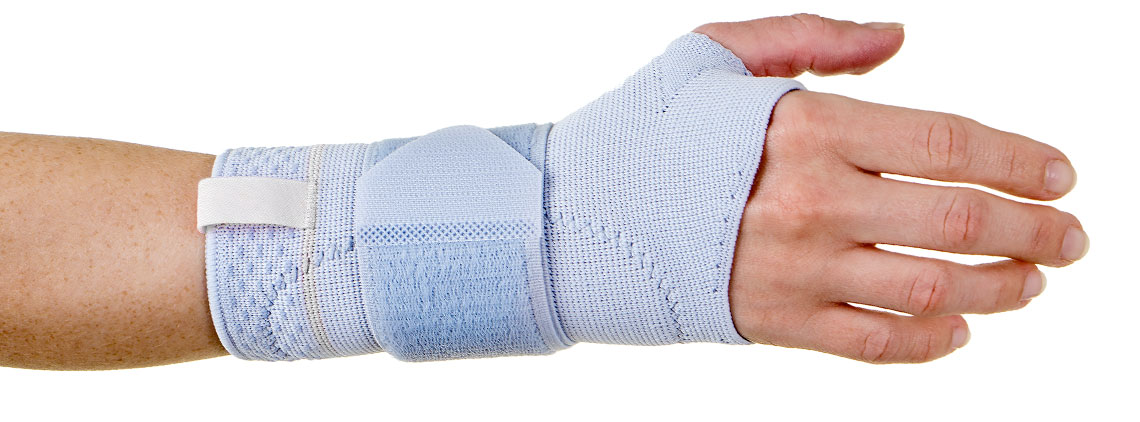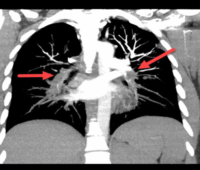

You more than likely take your wrists for granted. However, carrying out basic, pertinent functions like writing, lifting, or gripping objects is virtually impossible if these physical components are ailing or injured. One common malady often impacting said bodily features is tendinitis.
Overview
Tendons are soft tissues connecting bones and muscles. Wrist tendinitis occurs when said structures grow irritated or inflamed. Wrist tendons join your arm muscles and finger bones together.
The wrist consists of six tendons. Three comprise the extensor classification. Extensors are situated at the wrist’s backside and enable you to bend said feature backwards. Three flexor tendons are located in your wrist’s frontal region. These components allow you to move your wrist forward.
Causes
Tendinitis might result from several underlying conditions such as a traumatic event like a fall or car accident, repetitive movements, and various health problems like diabetes or autoimmune disorders.
Risk Factors
Your chances of developing wrist tendinitis increase if you partake in contact sports or activities requiring you to turn or twist your wrist at awkward angles, have been diagnosed with an immune system illness, or are employed in a profession necessitating unusual or forceful but repetitive wrist motions.
Symptoms
The most common physical manifestation is pain. This discomfort can vary depending upon the inflammation’s severity and if more than one tendon is damaged.
Even mild discomfort could render executing simple hand-required activities challenging because it tends to worsen when you move or bend the afflicted wrist. In certain instances, the unpleasant sensations will extend further down your arm.
In addition to pain and mobility issues, you might also witness irritation, swelling, or redness around the injured soft tissues. The skin surrounding the fouled tendon may even feel hot to the touch.
Potential Treatment Options
The needed therapy will depend on how serious the associated inflammation is. Typically, mild to moderate cases respond favorably to home care methods including the application of ice, immobilizing the injured wrist, resting the damaged tendons whenever and wherever possible, and ingesting over-the-counter inflammation-reducing and pain-relieving drugs.
More significant injuries might require interventions such as:
Hand Therapy
When undergoing this form of treatment, you will be subjected to several hand and wrist exercises geared towards strengthening the tendon and protecting against muscle weakening and mobility loss.
Steroids
If your case is severe, you may need cortisone injections. Cortisone is a steroid known for its capacity to reduce inflammation.
Surgery
The most serious presentations might indicate surgical intervention. Such processes usually involve the removal of significantly inflamed tissues or pressure alleviation techniques.














Leave a Reply
Be the First to Comment!
You must be logged in to post a comment.
You must be logged in to post a comment.